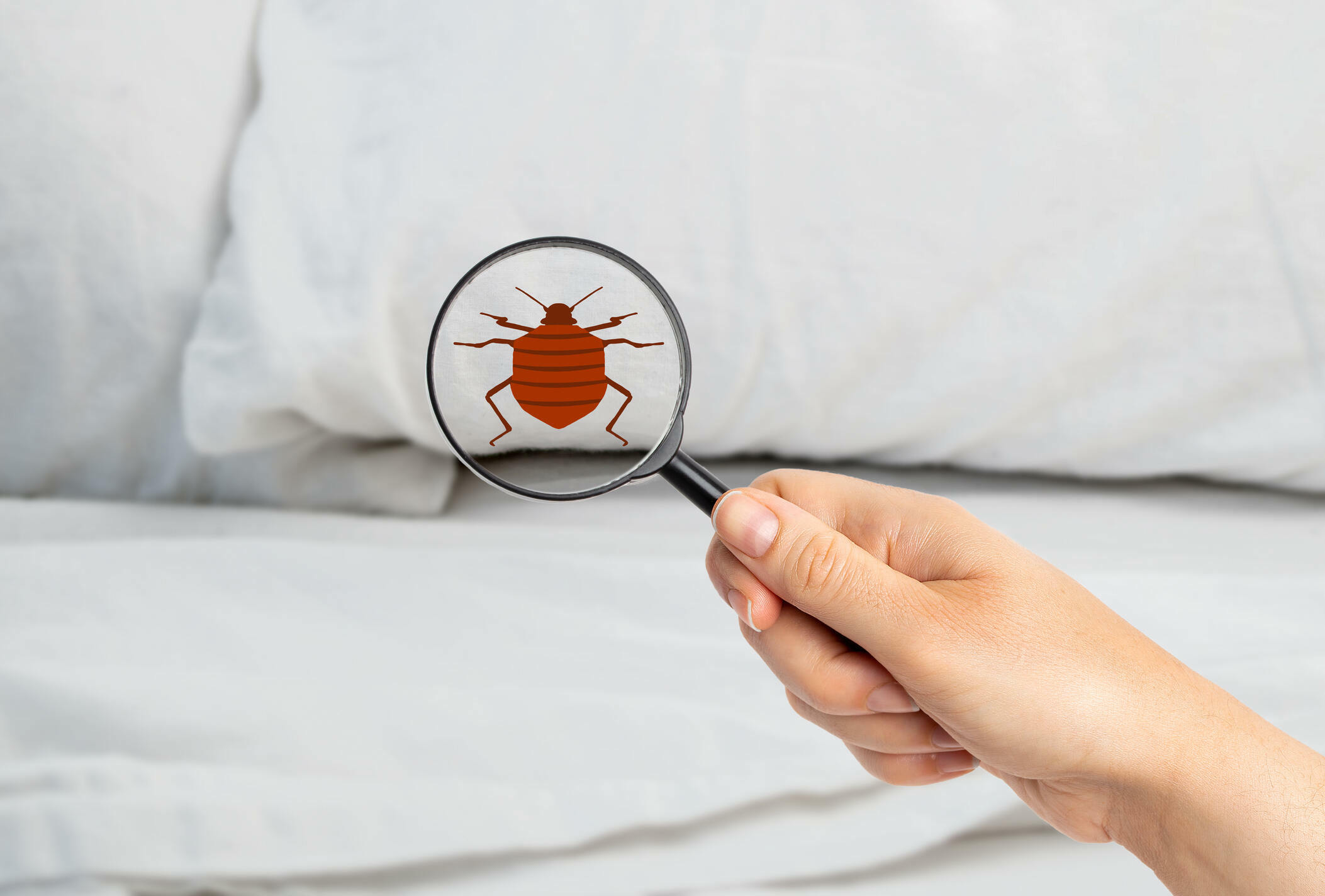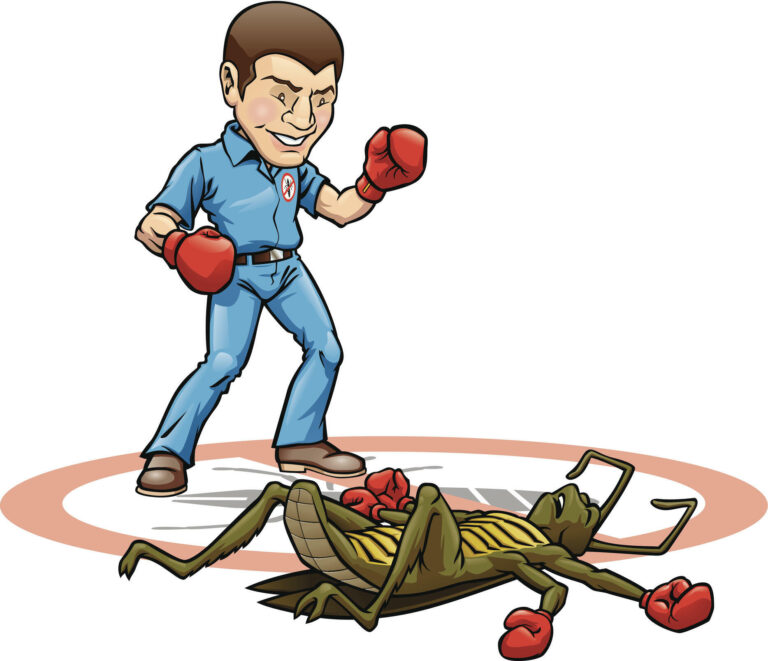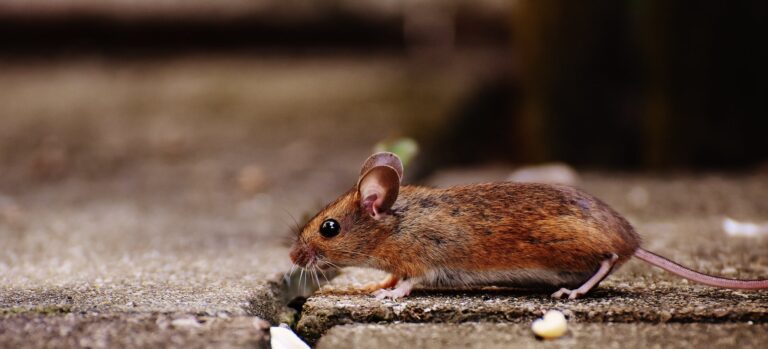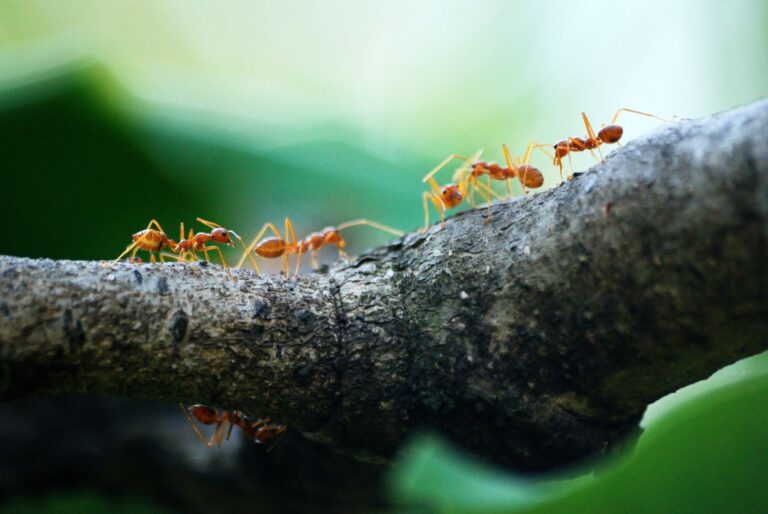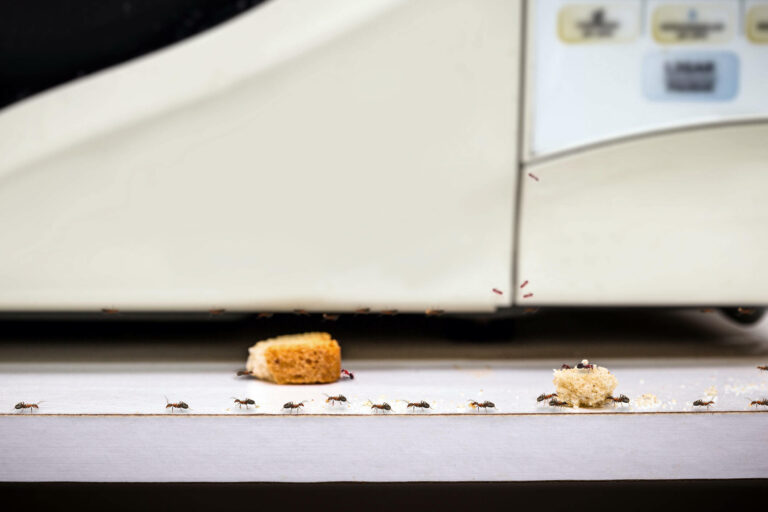Prepping for Pest Control: How to Prepare Your Home for Treatment
Are you tired of dealing with pests in your home? Did you know that 84% of homeowners have experienced a pest problem at some point? Don’t worry, because help is on the way!
In this guide, we will show you how to prepare your home for pest control treatment. By following these simple steps, you can ensure that the treatment is effective and long-lasting.
From removing clutter to sealing cracks and entry points, we will cover everything you need to know.
So, get ready to say goodbye to those pesky pests and hello to a pest-free home!
Remove Clutter
To prepare your home for pest control treatment, start by clearing out any clutter. Clutter provides hiding places for pests, making it harder for the exterminator to effectively treat your home.
Begin by decluttering your floors, removing any items that aren’t necessary or that can be stored in a designated area. This includes piles of magazines, shoes, toys, and any other items that may be scattered around.
Next, move on to decluttering your countertops, tables, and shelves. Wipe down surfaces and put away any loose papers, dishes, or food items. Don’t forget to check under your sinks and in your cabinets for any expired or unused products that can be discarded.
Lastly, pay attention to your yard and outdoor areas. Remove any debris, like fallen branches or piles of leaves, as these can attract pests. Trim back any overgrown vegetation and store firewood away from your home.
Seal Cracks and Entry Points
Once you have removed clutter from your home, it’s important to seal cracks and entry points to prevent pests from reentering. Pests, such as rodents and insects, can easily find their way into your home through even the tiniest openings. By sealing these cracks and entry points, you can create a barrier that will keep pests out and protect your home from infestations.
Start by inspecting the exterior of your home for any cracks or gaps where pests might enter. Check windows, doors, and vents for any signs of damage or openings. Use caulk or weatherstripping to seal these gaps and prevent pests from squeezing through.
Don’t forget to also inspect the interior of your home for any potential entry points. Check for cracks in the walls, gaps around pipes and cables, and holes in the floorboards. Use a suitable filler, such as putty or foam, to seal these openings and ensure pests can’t find their way in.
In addition to sealing cracks and entry points, consider installing door sweeps on exterior doors to create a tight seal at the bottom. This will prevent pests from crawling under the door and gaining access to your home.
Clean and Sanitize
Make sure you thoroughly clean and sanitize your home before pest control treatment. Cleaning and sanitizing your home is an essential step in preparing for pest control. By doing so, you not only create a healthier living environment but also help the pest control treatment be more effective.
Start by decluttering your home. Pests love to hide in cluttered areas, so removing any unnecessary items will make it easier for the pest control professionals to access all areas of your home. Vacuum carpets, rugs, and upholstery to remove any potential pest eggs or larvae. Pay special attention to areas where pests are commonly found, such as under furniture, along baseboards, and in corners.
Next, sanitize your home using appropriate cleaning agents. This will help eliminate any lingering odors that may attract pests. Clean your kitchen thoroughly, paying attention to areas where food particles can accumulate, such as countertops, sinks, and appliances. Don’t forget to clean your bathroom as well, as pests are often attracted to moisture.
Lastly, wash your bedding, curtains, and linens in hot water to kill any potential pests or eggs. Seal them in plastic bags to prevent reinfestation while the pest control treatment takes place. By following these cleaning and sanitizing steps, you’ll help create an environment that’s less appealing to pests and maximize the effectiveness of the pest control treatment.
Eliminate Food Sources
Clean and sanitize your home to eliminate food sources that may attract pests. Pests are always on the lookout for easily accessible food, and a messy home provides them with just that.
Start by cleaning your kitchen thoroughly, making sure to wipe down countertops, sweep and mop the floors, and wash dirty dishes promptly. Keep your pantry organized and discard any expired or open food packages. Store your food in airtight containers to prevent pests from getting to it. Additionally, clean your refrigerator regularly to remove any spilled food or liquids that may attract pests.
Don’t forget to clean your dining area as well, wiping down tables and chairs and vacuuming any crumbs or food debris on the floor.
Outside the kitchen, be mindful of pet food and bird feeders, as these can also attract pests. Store pet food in sealed containers and clean up any spilled or leftover food.
Finally, make sure to dispose of your trash properly and regularly, as garbage is a major food source for pests.
Protect and Store Valuables
To safeguard your valuables during pest control treatment, take steps to protect and securely store them. Start by removing any delicate or fragile items from the areas that will be treated. Fragile objects such as glassware, china, and artwork should be moved to a safe location where they’ll not be at risk of being damaged.
If you have any valuable jewelry or important documents, consider placing them in a locked safe or storing them in a secure location outside of your home.
For smaller items such as electronics or valuable collectibles, make sure they’re properly covered or wrapped to protect them from any potential exposure to chemicals or dust during the treatment process. Use plastic covers or sealable bags to keep them safe and clean.
Additionally, consider storing your valuables in a location that isn’t easily accessible to the pest control technicians. This will help prevent any accidental damage or misplacement of your items during the treatment. If you have a basement or storage room that can be locked, it may be a good idea to store your valuables there until the treatment is complete.
Prepare Outdoor Areas
Clear any debris from your outdoor areas before the pest control treatment. Outdoor areas can be breeding grounds for pests, so it’s important to make sure they’re clean and free of any potential hiding spots.
Start by removing any fallen leaves, branches, or dead plants. These can provide shelter and food for pests, making it harder for the treatment to be effective.
Trim any overgrown bushes or trees that may be touching your home, as these can act as bridges for pests to enter your house.
Additionally, clear away any clutter or items that are sitting directly on the ground, such as toys or gardening tools. These can create hiding places for pests and hinder the effectiveness of the treatment.
Finally, make sure to empty any standing water in outdoor containers or birdbaths, as these can attract pests like mosquitoes.
Inform and Coordinate With Pest Control Company
You should regularly communicate and coordinate with the pest control company to ensure an efficient and successful treatment process for your home. Start by discussing the specific pest problems you’re experiencing and any concerns you may have. This will help the pest control company understand your situation better and provide appropriate solutions. Additionally, inform them about any pets or children in your household, as they may need to take extra precautions during the treatment process.
Once you’ve scheduled a treatment appointment, make sure to ask the pest control company about any preparations you need to make beforehand. They may provide instructions on removing or covering certain items, such as food, dishes, or furniture. Following these instructions won’t only help protect your belongings but also ensure that the treatment is most effective.
During the treatment, it’s important to maintain open lines of communication with the pest control company. If you notice any unexpected changes or issues, inform them immediately. They can provide guidance on what to do and may need to make adjustments to their treatment plan.
After the treatment, continue to communicate with the pest control company regarding any changes or improvements you observe. This will help them assess the effectiveness of the treatment and make any necessary follow-up recommendations.
Mastering Pest Control: A Comprehensive Guide to Preparing Your Home for Success
In conclusion, by following these steps to prepare your home for pest control treatment, you can ensure a more effective and successful outcome.
Removing clutter, sealing cracks, cleaning and sanitizing, eliminating food sources, protecting valuables, preparing outdoor areas, and coordinating with the pest control company are all important in creating a pest-free environment.
By taking these measures, you can help prevent future infestations and maintain a pest-free home.

